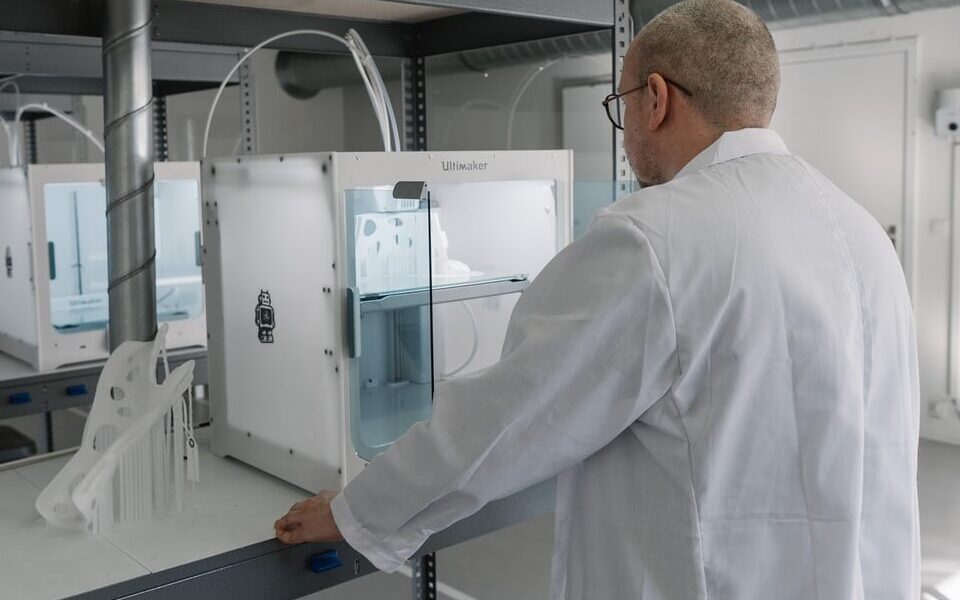
A new 3D printing process developed by University of Nottingham researchers, allows customised production of artificial body parts and other medical devices with built-in functionality offering shape and durability, while also cutting bacterial infection risk.
“Most mass-produced medical devices fail to completely meet the unique and complex needs of their users,” explained lead researcher Dr Yinfeng He, Centre for Additive Manufacturing. “Similarly, single-material 3D printing methods have design limitations that cannot produce a bespoke device with multiple biological or mechanical functions.”
“But for the first time, using a computer-aided, multi-material 3D-print technique, we demonstrate it is possible to combine complex functions within one customised healthcare device to enhance patient wellbeing.”
The team’s hope is that their new design process can be applied to 3D-print any highly customised medical device.
For example, the method could be adapted to create a single-part prosthetic limb or joint with greater comfort and functionality; or printing customised pills containing multiple drugs – known as polypills – optimised to release their contents in a planned sequence.
What it can do
For this study, the researchers applied a computer algorithm to design and manufacture 3D-printed objects made up of two polymer materials with differing stiffness that also prevent bacterial biofilm build-up. Combining these two materials, they produced an implant with the required strength and flexibility.
Artificial finger joint replacements currently use both silicone and metal parts, offering the wearer a standardised level of dexterity but must be rigid enough to implant into bone. The team 3D-printed a finger joint as a demonstration, which offered these dual requirements in one device, while also being able to customise its size and strength to meet individual patient requirements. They can even make use of intrinsically bacteria-resistant and bio-functional multi-materials, combating infection without extra antibiotics.
A new high-resolution characterisation technique (3D orbitSIMS) was used to 3D-map the chemistry of the print structures and to test the bonding between them throughout the part. This showed that the two materials were intermingling at their interfaces; a sign of good bonding and therefore a stronger device.
The study was carried out by the Centre for Additive Manufacturing (CfAM) and funded by the Engineering and Physical Sciences Research Council. The complete findings are published in Advanced Science, in a paper entitled: ‘Exploiting generative design for 3D printing of bacterial biofilm resistant composite devices’.
Prior to making the technique commercialised, the researchers plan to try out more advanced materials with extra functionalities such as controlling immune responses and promoting stem cell attachment.
Source: University of Nottingham
Journal reference: He, Y., et al. (2021) Exploiting Generative Design for 3D Printing of Bacterial Biofilm Resistant Composite Devices. Advanced Science. doi.org/10.1002/advs.202100249.

